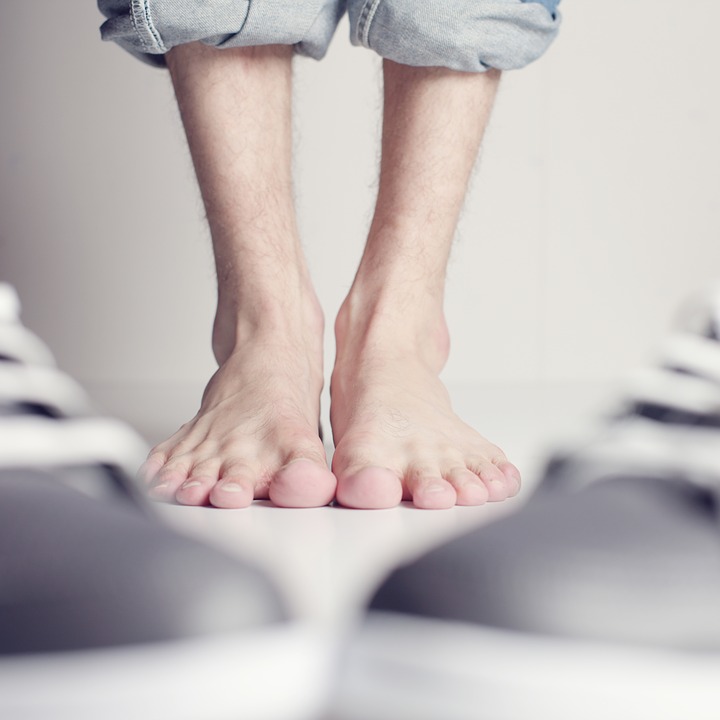
What is Diastasis Recti?

Diastasis Rectus Abdominis (DRA)

Diastasis Recti (DRA) is a very common condition. The Rectus abdominis, the”6 pack” muscles, that run vertically along the mid-line of your abdomen are connected by a connective tissue called the linea alba. DRA occurs when the pressure within the abdomen greatly exceeds the tissue’s ability to withstand it. Causing the linea alba to stretch. As a result of the stretched tissue, your muscles and organs don’t have the support they need. Thus, you may see the doming, coning, or “pooch”.
How can DRA occur:
- Pregnancy
- Cesarean section or any other abdominal surgery
- Rapid change in amount of body weight
- Poor training technique or overloading the abdominal wall during heavy lifting activities or crunches
- Straining with lifting or bowel movements
Symptoms:
- A visible and palpable (detected by touch) separation of the Rectus abdominis muscle.
- Pelvic-floor muscle dysfunction that causes urinary or bowel problems (incontinence, leakage, constipation, etc).
- Low back or pelvic or hip pain
- Poor posture
- Weakness felt through the midsection
How do we “close the gap”:
The idea is to work your deepest layer of stabilizing (core) muscles called your transverse abdominis. This deep muscle wraps around your torso like a corset and stabilizes and compresses the abdomen to protect/stabilize your back and pelvis. This is key after giving birth, abdominal surgery, etc. Learning to engage the deep core plays a big part in “lifting” your internal organs and preventing pelvic organ prolapse, which often happens over the course of pregnancy or even strenuous manual labor.
How to activate your deep core muscle (Transverse abdominis) aka “close the gap”:
Take an in inhale. And on the exhale, GENTLY drawing your belly button back. The abdominals are drawing gently inwards, but not pulling in hard. Making an ‘Ssssss’ sound as you exhale may help you find the right deep abdominal muscles.
Imagine there is a string around your hip bones. Draw the string inwards towards your belly button.
When you are contracting this muscle you shouldn’t feel any movement of your hips, pelvis, or spine.
Connect with pelvic floor (as permitted by PT):
- aka KEGEL:
- Lift, squeeze, tighten, draw in all mean kegel.
- Pull the anus as if stopping gas from passing. Your buttocks should stay relaxed as this happens. Tighten your anus and lift inwards to feel an inward squeezing sensation inside and around your anus.
- Tighten and squeeze the entrance to the vagina as if you’re closing it shut and lifting it. Imagine a string drawing your vagina up inside your body as if to resist withdrawing a tampon. Or you are picking up a marble into the vaginal canal
- Tighten the opening where the urine comes out (urethra). If you feel your anus and vagina tightening too, that is good!
- With practice, combine them all!
- Quick Kegels: Hold kegel for 2 seconds on and 2 seconds off.
- Hold Kegels: Hold kegel for 5 seconds, count aloud as you hold.
- When we connect the core and pelvic floor, our tip is to engage the deep core and then lift of pelvic floor.
- Breathing is key with all of this, you should be able to continue to breathe with core, kegel, and core and pelvic floor connection.
The Do’s:
- When lifting, pushing, or pulling: engage your deep core and exhale when you are doing the effort of the movement
- Get as close as possible to the object you are lifting
- Bend at your knees and sit your hips back
- Bed Mobility: To get out of bed, first roll to your side and then push off the edge of the bed using your top arm
- Use a squatty potty: reduces straining and intra-abdominal pressure
- Proper posture is key: collapsed postures place the deep core (Transverse abdominis) in a position that makes it very ineffective to activate. Thus, slowing down the healing process of DRA and promoting a weak core.
- In standing, avoid shifting hips forward/push pelvis forward and clench buttock area.
The Don’ts:
- Hold your breath!
- A great way to prevent exacerbating DRA is to avoid that increasing intra-abdominal pressure, which happens when we hold our breath and do not engage our deep core. You don’t want to do anything that causes a visible doming of the abdomen.
- Do not wait until after you are done having kids to treat your diastasis recti.
- Prevention and early intervention of diastasis recti and functional core weakness are so important. Core rehab during, post, and between pregnancies can help your diastasis as well as give you the core and pelvic floor strength and connection needed for smooth births and easier birth recoveries.








